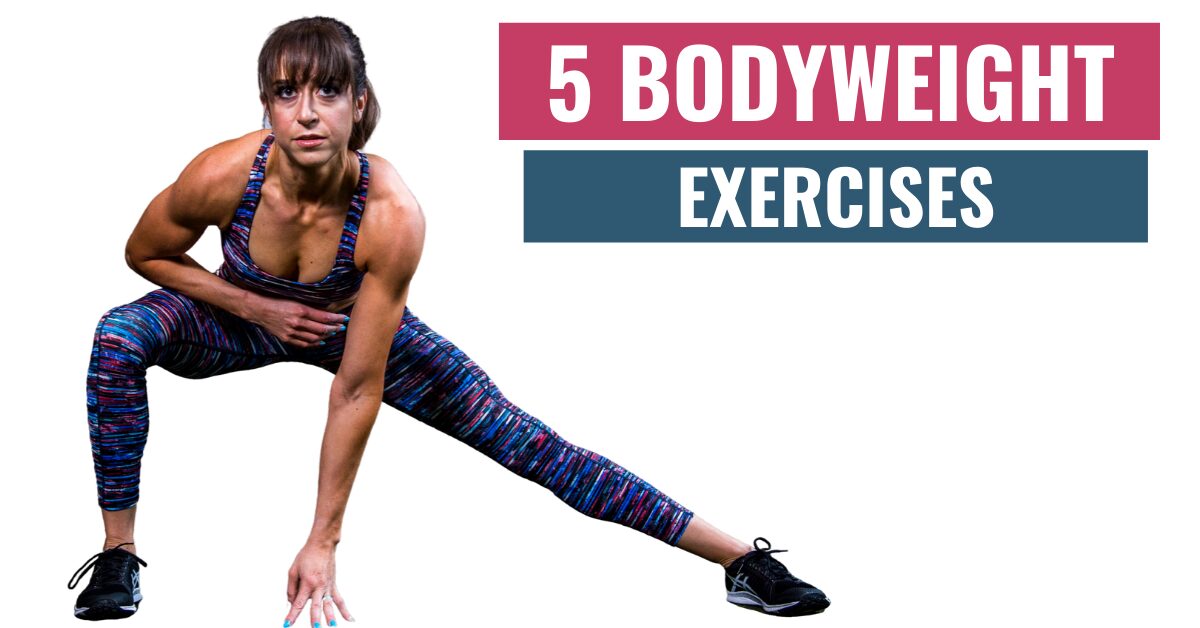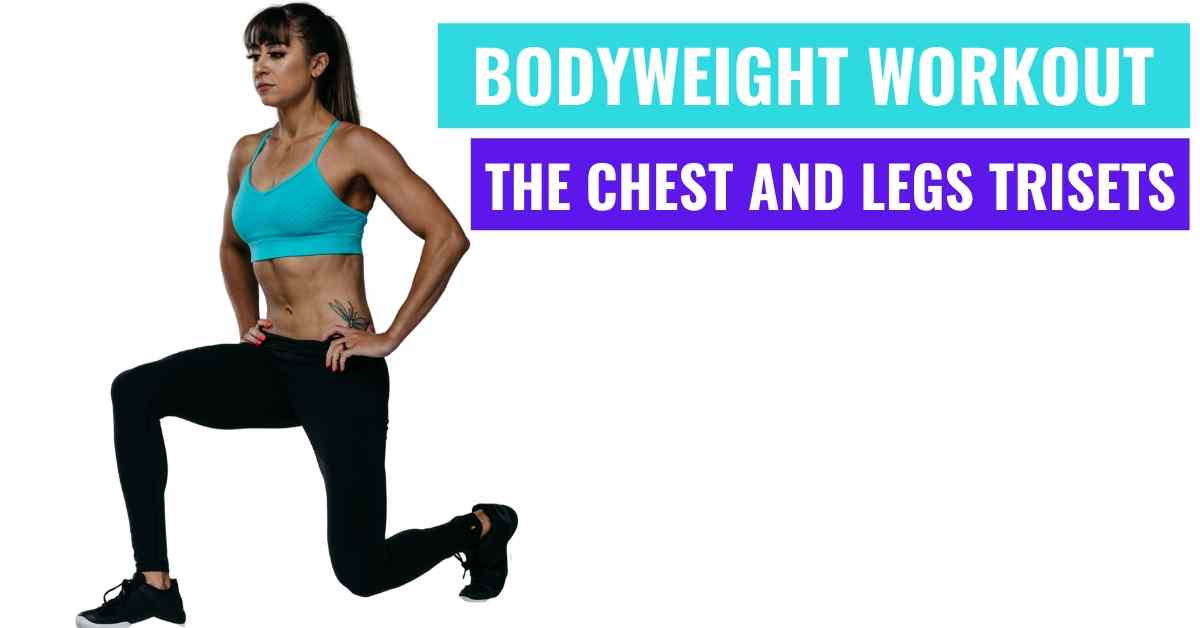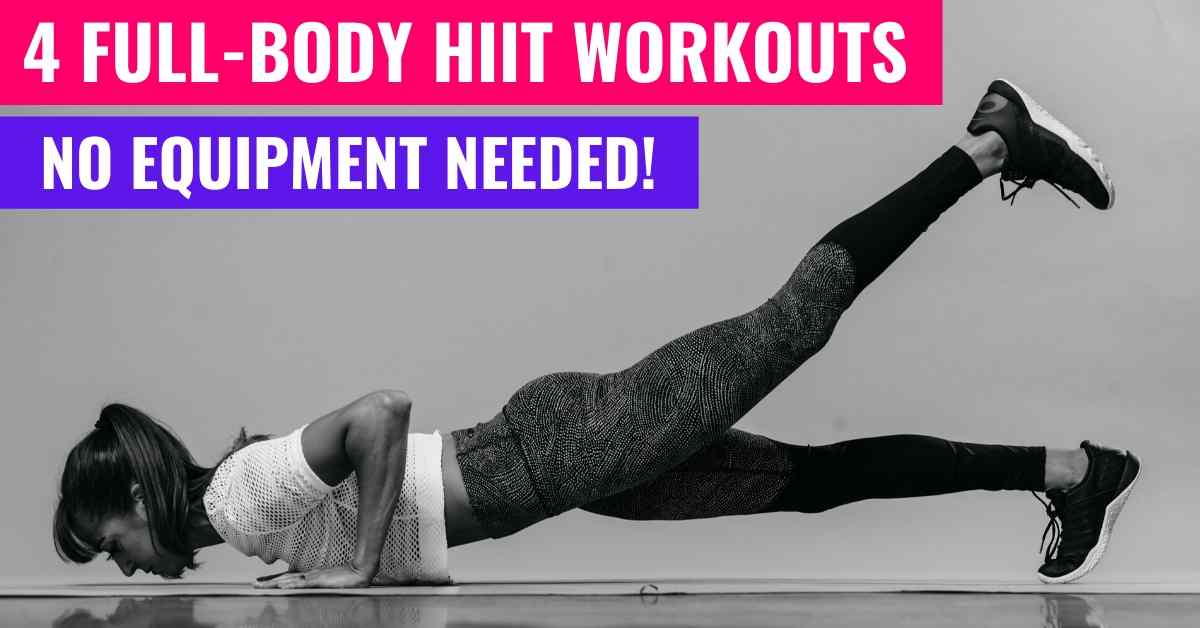
by Cori Lefkowith | Nov 21, 2021 | Blog, Bodyweight, Exercises, Functional Fitness, Push Ups, Suspension Trainer
When you’re first starting out, or even first starting back to training, it can be so easy to jump in and end up doing moves we aren’t yet ready for. Not only can this make us so sore we struggle to get consistent with our training, but it can also lead to injury...

by Cori Lefkowith | Sep 6, 2021 | Blog, Exercises, Push Ups
If you want to build muscle, you want to use a combination of compound and isolation movements in your workout routine, especially for any “stubborn” areas you really struggle to build. Those isolation exercises can be key to create the additional stimulus we need to...

by Cori Lefkowith | Apr 10, 2020 | Blog, Bodyweight, Exercises, Workouts
I love giving clients no excuse to skip their workouts. Even if you have very little space and just your own bodyweight, you can get in an amazing full body routine. Below are 5 moves that can be combined for a killer full-body workout and I’ll share a few ways to...

by Cori Lefkowith | Mar 15, 2020 | Blog, Bodyweight, Core, Exercises
Just because you can’t make it to the gym doesn’t mean you have an excuse to skip your workout! When you don’t have access to equipment, you can still get amazing results using just your own bodyweight. By shortening rest, increasing volume slightly...

by Cori Lefkowith | Feb 26, 2020 | Blog, Bodyweight, Exercises, Workouts
Looking for a calorie-torching HIIT workout you can do anywhere, no equipment needed? Then you’ll love these 4 Full-Body HIIT Workouts using just your own bodyweight! Whether you have 5 minutes or 30 minutes, these high intensity interval workouts have you...






